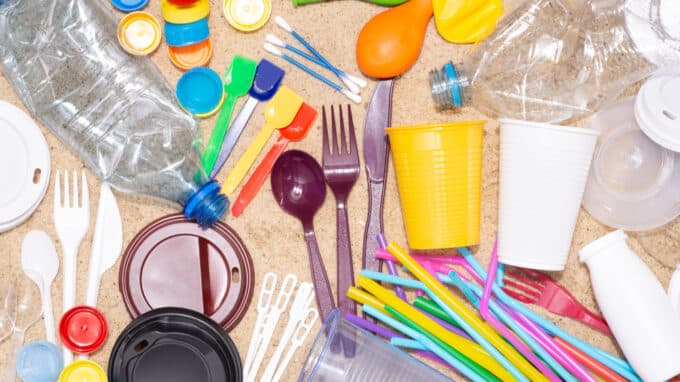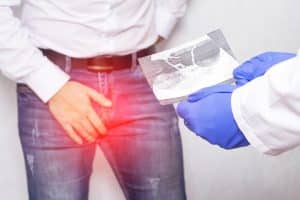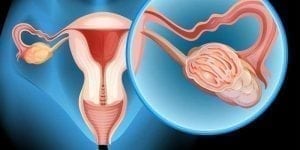A number of recent studies have found that microplastics are present in virtually everything we consume, from bottled water to meat and plant-based foods. Since the early 1950s, global plastic consumption has increased exponentially, resulting in one ton of plastic waste for every person on the planet. About a third of the plastic produced is still in use, but the rest is thrown away or dumped in landfills, where it begins to break down under the ultraviolet rays of sunlight. We ingest this plastic not only by ingesting it, but also by breathing it in. According to researchers, this increasing concentration of microplastics in human tissue is one explanation for the puzzling increase in some health problems such as inflammatory bowel disease and colon cancer in people under the age of 50, as well as a decrease in sperm count.
Researchers at the University of New Mexico have detected significant concentrations of microplastics in the testicular tissue of humans and dogs, adding to growing concerns about the potential impact on human reproductive health. In a new paper published in the journal Toxicological Sciences, a team led by Xiaozhong “John” Yu, MD, PhD, MPH, professor in the UNM College of Nursing, reports that they found 12 types of microplastics in 47 dog and 23 human testes.
High Concentration of Microplastics in Male Testicles, But Also in Female Placenta
The study showed the presence of microplastics in all human and canine testes. The team was also able to quantify the amount of microplastics in the tissue samples using a novel analytical method that showed correlations between certain types of plastics and reduced sperm counts in the dog samples. Yu, who studies the effects of various environmental factors on the human reproductive system, notes that heavy metals, pesticides and endocrine-disrupting chemicals have led to a global decline in sperm count and quality in recent years. A conversation with his colleague Matthew Campen, PhD, a professor at the UNM College of Pharmacy, who has used a special method to document the presence of microplastics in human placenta, led him to wonder if something else might be behind it.
In a study published in the journal Toxicological Sciences, a team led by Matthew Campen, PhD, Regents’ professor in the UNM Department of Pharmaceutical Sciences, reported that microplastics were found in all 62 placenta samples examined, with concentrations ranging from 6.5 to 790 micrograms per gram of tissue. The researchers found that the most common polymer in placental tissue was polyethylene, which is used to make plastic bags and bottles. It made up 54% of the total plastics. Polyvinyl chloride (better known as PVC) and nylon each made up about 10% of the total, while the rest consisted of nine other polymers. The concentration of microplastics in the placenta is particularly worrying because the tissue has only been growing for eight months (it starts to form about a month after pregnancy).
This prompted Yu to design a study using the same experimental method that Campen’s lab had used in the placenta research. His team obtained anonymized human tissue from the New Mexico Office of the Medical Investigator, which collects tissue from autopsies and stores it for seven years before disposing of it. The dog tissue came from shelters in the city of Albuquerque and from private veterinary clinics that perform spay/neuter surgeries. The team chemically treated the samples to dissolve the fat and proteins and spun each sample in an ultracentrifuge, leaving a plastic clump at the bottom of the tube. They then heated the plastic pellet to 600 degrees Celsius in a metal beaker. Using a mass spectrometer, they analyzed the gas emissions produced by the combustion of the different types of plastic at certain temperatures.
In dogs, the average concentration of microplastics in testicular tissue was 122.63 micrograms per gram of tissue (one microgram is one millionth of a gram). In human tissue, the average concentration was 329.44 micrograms per gram – almost three times higher than in dogs and significantly higher than the average concentration Campen found in placental tissue. The researchers found that the most abundant polymer in both human and canine tissue was polyethylene (PE), which is used to make plastic bags and bottles. In dogs, it was followed by PVC, which is used in industrial, municipal and domestic sanitary facilities as well as in many other applications.
The team was able to count the sperm in the dog samples (but not in the human samples, which had been chemically preserved) and found that higher concentrations of PVC in the tissue correlated with lower sperm counts. However, there was no correlation with the concentration of PE in the tissue. The plastic makes a difference – the type of plastic could be correlated with the potential function. PVC can release a lot of chemicals that interfere with spermatogenesis and it contains chemicals that interfere with the hormonal system.
Global Consumption of Plastics is Questionable
The study compared human and canine tissue for several reasons, firstly because dogs live together with humans and share their environment. They also share some biological characteristics. Compared to rats and other animals, dogs are closer to humans, according to the researchers. Physically, their spermatogenesis is closer to humans, and the concentration is also more similar to humans. The sperm count of dogs also appears to be lower.
Microplastics are formed when plastic is exposed to ultraviolet radiation from sunlight and decomposes in landfills. It can be blown by the wind or carried into nearby bodies of water, and some pieces are so small that they are measured in nanometers (one billionth of a meter). They are now ubiquitous in the environment – even as global consumption of plastics continues to increase. Yu pointed out that the average age of the men in the OMI autopsy samples was 35, which means they were exposed to plastics decades ago, when there was less plastic in circulation. The impact on the younger generation could be more worrying as there is more plastic in the environment today than ever before.
The findings point the way for further research to understand how microplastics could affect sperm production in the testes, and how people could adapt their personal lifestyles to reduce exposure.





